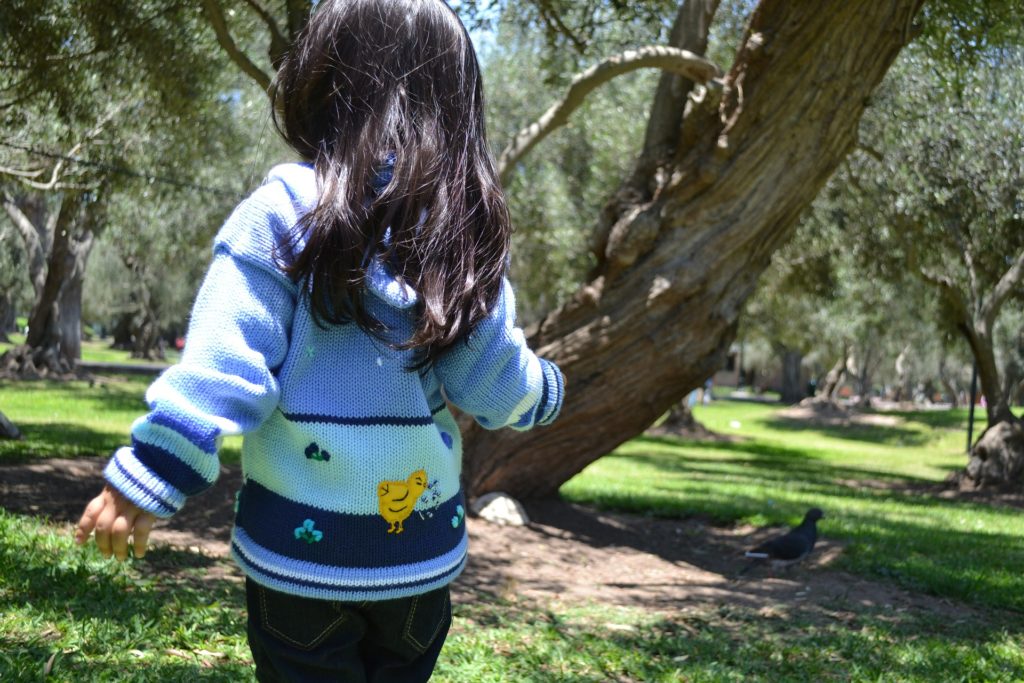- Calls to this hotline are currently being directed to Within Health or Eating Disorder Solutions
- Representatives are standing by 24/7 to help answer your questions
- All calls are confidential and HIPAA compliant
- There is no obligation or cost to call
- Eating Disorder Hope does not receive any commissions or fees dependent upon which provider you select
- Additional treatment providers are located on our directory or samhsa.gov
Overview of Maudsley Model from the United Kingdom

The Maudsley Model, otherwise known as family-based treatment, is a therapeutic technique that involves the family in the refeeding and recovery process. This was developed in London by Dr. Daniel Le Grange and Dr. James Lock. Initially, it was solely focused on anorexia nervosa, but they are continuing to expand its practice to other eating disorders.
Understanding of eating disorders has advanced over the years, allowing professionals to have success at weight restoration. However, an eating disorder can create chaos and dysregulation to the family of those suffering. Relapse is common, and stressors of returning to family, school, and/or work can trigger eating disorder behaviors and relapse back into the disorder.
The Maudsley Model is an outpatient treatment for anorexia nervosa and their family, and is an evidence-based alternative to inpatient or day hospital programs.
There have been clinical trials to look at the effects of outpatient treatment for teens with anorexia. The research has been directed at the Maudsley Model, which works to prevent hospitalization by helping parents and caregivers to recover their child, and to weight restore the patient.
This model also furthers to get the adolescent to a place of being eating disorder free. The trials have shown that, with family-based treatment, two-thirds of the patients studied are recovered at the end of the therapy, while 75 to 90 percent are fully weight restored at the five year follow-up [1].
What is the Maudsley Model?
The Maudsley Model is done on an outpatient or intensive outpatient basis, where parents play a crucial and active role in the restoration of their child. Parents are given full control over the feeding process of their child. The child is typically not allowed in the kitchen, or food making process. Dinners are eaten together and until the client finishes their meal.
The family meets with the therapist, nutritionist, and psychiatrist as needed to help restore the child’s weight per age/height development. The ultimate goal is to return control over eating back to the adolescent when ready, and reestablish normal adolescent development free of the eating disorder.
Three Phases to the Therapy Process
There are three phases to the Maudsley Model, which are clearly defined and conducted over a period of one year. They are Weight Restoration, Returning Control of Eating to the Adolescent, and Establishing Healthy Adolescent Identity.
Phase I – Weight Restoration
This phase is also known as the weight restoration phase, where the clinician educates the family regarding the eating disorder. The clinician will focus on the dangers of malnutrition associated with anorexia, assess the family’s typical interaction pattern, dynamics, and eating patterns, and lastly work with the parents to help them refeed their child. The therapist will work with the parents to set the stage for a parental dynamic and team to not allow the eating disorder to ‘take over’ the decision making process.

The family meal is also an opportunity to let the therapist help coach the child into eating ‘one more bite’ of their food than prepared to. These steps are not much different than that of an inpatient or hospitalization stay.
During this process, the therapist is to model for the parents an uncritical, compassionate, yet firm stance toward their child and the eating disorder. It allows for the parents to understand that it is not their child’s fault, nor their own, for the development and maintenance of the anorexia. The clinician during this phase will work with the parents on correct phrasing, wording, and work with parents to best support their child’s recovery.
Phase II – Returning Control Over Eating
When the child accepts the parental total control over food type, amount, and steady increase of caloric amount leading to steady weight gain, phase two can begin.
This phase focuses on encouraging the parents to help their child take slow but steady control over their own eating. This is a slow process each week, and there must be constant monitoring of any eating disorder behaviors. Eating disorder symptoms do stay a topic of therapy, and weight gain can be discussed without tension, hostility, or argument.
Family relationship issues can at this point be discussed that were postponed during phase I treatment. Clients are able to slowly and within reason socialize with friends and eat a meal with them, still supervised under parent’s direction. If the child starts to engage in eating disorder behavior, then control is regained by parents until the eating disorder symptoms cease. This also could signal that movement to phase two was too quick.
Phase III – Establishing Healthy Adolescent Identity
This phase is entered when the client is able to maintain weight at least 95 percent of an ideal body weight [1]. Treatment focus is on how the eating disorder has impacted the client and family, as well as establishing a health adolescent identity. It can mean discussing major issues and supporting increased independence. Helping the family develop appropriate parental boundaries and finding the family’s new norms is imperative.
One of the first studies to test the family-based therapy model was conducted at the Maudsley Hospital in London, which was a comparison of outpatient family-based treatment (FBT) and individual supportive therapy following the client’s inpatient weight restoration [2]. The study included 80 patients of varying ages, but all with the disorder for less than three years. All participants were under the age of 21.
After one year of outpatient treatment, the group participating in FBT have a significantly higher outcome and a good outcome at the five year follow up. Of those in the control group, 36 percent made a good outcome [2]. From this and further studies, the founders created a therapist and family treatment model for use outside of the hospital setting. It was created to accurately reflect the procedures for treatment.
In conclusion, family-based treatment has been highly effective in treating anorexia nervosa in adolescents. The Maudsley Model can prevent hospitalization and time away from family while allowing parents and caregivers to really get to know their child’s disease and see setbacks or relapses as the occur and respond appropriately. It is a model that came out of the United Kingdom and has swept the eating disorder world as one of the most effective treatments for anorexia nervosa in adolescents.

Libby currently works as a counselor at Fontbonne University and is a Adjunct Professor at Saint Louis University, and is a contributing author for Addiction Hope and Eating Disorder Hope. Libby lives in the St. Louis area with her husband and two daughters. She enjoys spending time with her family, running, and watching movies.
References:
[1] Maudsley Parents. (n.d.). Retrieved May 22, 2017, from http://www.maudsleyparents.org/whatismaudsley.html[2] LaGrange, D. (2005). The Maudsley family-based treatment for adolescent anorexia nervosa. World Psychiatry ,4(3), 142-146. doi:PMCID: PMC1414759
[3] Schmidt, U., Wade, T., & Treasure, J. (2014). The Maudsley Model of Anorexia Nervosa Treatment for Adults (MANTRA): Development, Key Features, and Prelimary Findings . Journal of Cognitive Psychology: An International Quarterly,28(1), 48-71. Retrieved May 22, 2017, from https://www.researchgate.net/publication/263340687_The_Maudsley_Model_of_Anorexia_Nervosa_Treatment_for_Adults_MANTRA_Development_Key_Features_and_Preliminary_Evidence.
The opinions and views of our guest contributors are shared to provide a broad perspective of eating disorders. These are not necessarily the views of Eating Disorder Hope, but an effort to offer discussion of various issues by different concerned individuals.
We at Eating Disorder Hope understand that eating disorders result from a combination of environmental and genetic factors. If you or a loved one are suffering from an eating disorder, please know that there is hope for you, and seek immediate professional help.
Published on June 15, 2017.
Reviewed By: Jacquelyn Ekern, MS, LPC on June 15, 2017.
Published on EatingDisorderHope.com

